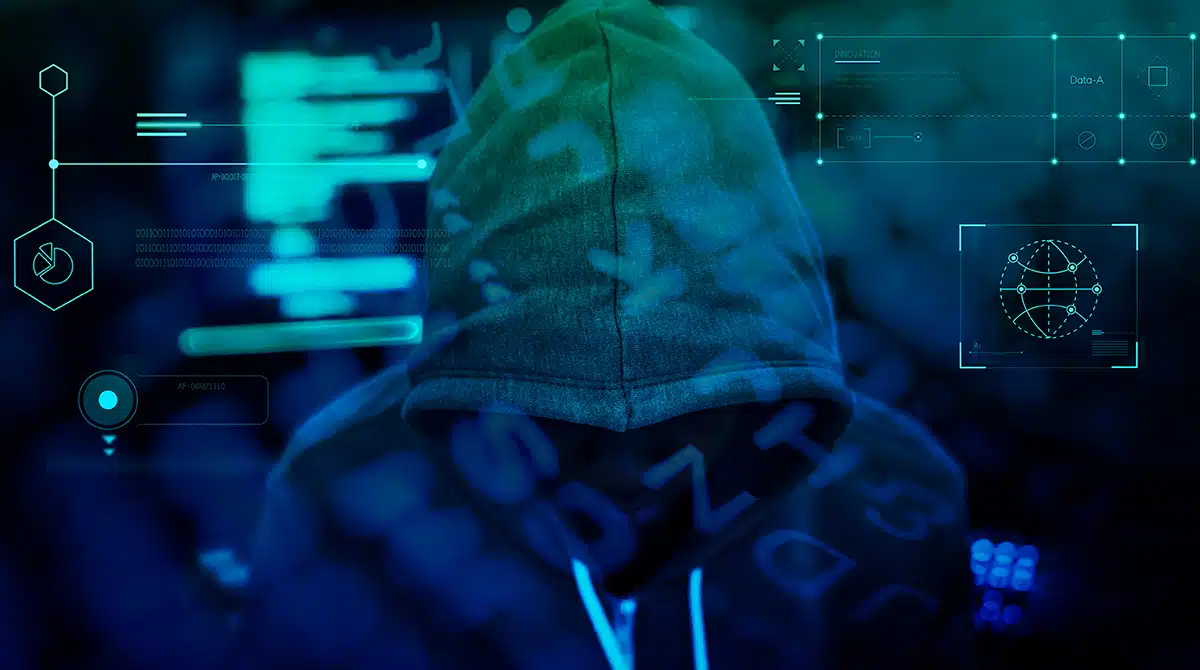Ransomware Attack Prevention: Insights, Real-Life Cases, and Proven Defenses

Ransomware is like an evil character lurking in the shadows, preying on businesses and governments. Its impact can be profoundly devastating, wreaking havoc through significant financial losses and reputational damage. Even the mightiest organizations, seemingly well-fortified, are vulnerable to these menacing attacks. While ransomware attacks continue to rise in number, it’s essential to know that there are good defenses you can use to stay safe.
Understanding Ransomware
Ransomware is a type of malicious software (malware) that encrypts the victim’s data, rendering it inaccessible. The attackers then demand a ransom payment in exchange for the decryption key necessary to regain access.
The type of ransomware used in an attack can vary. Some common varieties include crypto-ransomware, which encrypts important files; locker ransomware, which completely locks the user out of their device; and scareware, a type of ransomware that deceives users into thinking they have received a fine from a government agency.
A ransomware infection often happens through phishing emails or malicious websites. Cybercriminals trick users into clicking on a link or opening an attachment that installs the ransomware on their device.
Real-life Examples of Ransomware Attacks
WannaCry
Losses: $4 billion
In May 2017, WannaCry ransomware spread like wildfire throughout the Internet, locking up the data of 250,000 Microsoft Windows users in 150 countries. The hacking organization Shadow Brokers actively used a tool called EternalBlue, reportedly developed by the United States National Security Agency, to exploit a flaw in Microsoft Windows computers.
NotPetya
Losses: $10 billion
Petya first appeared in March of 2016. It hijacked Windows machines by infecting the master boot record. In June of 2017, a variation of the Petya ransomware was launched called NotPetya. There were two ways in which it differed from Petya. It infected systems using the EternalBlue exploit, and it was updated such that the infection could not be undone.
Costa Rican Government
Losses: $30 million per day of attack
The pro-Russian Conti group has declared a ransomware attack on the Costa Rican government. Thirty different government agencies in Costa Rica were targeted, including the Ministry of Finance and the Ministries of Science, Innovation, Technology, and Telecommunication, as well as the state-run internet service provider RACSA.
The Escalation of Ransomware Attacks
Ransomware attacks are on the rise globally. Every day, 1.7 million ransomware attacks happen, which means that 19 attacks happen every second. Cybersecurity Ventures predicts that by 2024, cybercrime will have cost the global economy $9.5 trillion USD. Cybercrime would rank as the third largest economy in the world, behind the United States and China, if assessed as a nation.
There are three main reasons why ransomware threats are growing and changing. First, hackers are always coming up with new ways to attack because they want to make a lot of money. Large ransom payments, which are common in cryptocurrencies to protect privacy, are still a strong motivation. Second, the fact that attackers are getting smarter is a very important factor.
Cybercriminals are getting better at taking advantage of software flaws, using advanced encryption methods, and tricking people into giving them information. Lastly, the move to work from home during the COVID-19 pandemic has widened the attack area, giving hackers more targets and chances to do damage.
Certain industries are more prone to attacks, including healthcare, education, and financial services. These industries are targeted due to their sensitive data and the high impact of disruptions.
The Cost of Ransomware Attacks
The cost of a ransomware attack can be staggering. Many victims opt to pay the ransom to quickly restore their operations. According to a report by Coveware, the average ransom payment in Q3 2020 was $233,817. By 2031, ransomware is projected to cost its victims about $265 billion (USD) a year.
However, the financial impact extends beyond the ransom payment. Businesses also face costs related to data recovery, system reinforcement, and potential regulatory fines. Plus, there’s the intangible cost of reputational damage and loss of customer trust.
Ransomware Groups: Who Are They?
Various ransomware groups operate worldwide, each with its own unique tactics and targets. Groups like REvil and Maze have gained notoriety for their high-profile attacks. These groups often operate as “Ransomware-as-a-Service” (RaaS), where they lease their ransomware to other criminals.
How to Safeguard Against Ransomware Attacks
Preventing a ransomware attack requires a multi-faceted approach. Key measures for ransomware protection include:
- Regular data backups: Regularly back up your data to an external device or cloud service. This allows you to restore your system without paying the ransom.
- Cybersecurity awareness: Educate employees about phishing scams and safe online practices.
- Software updates: Keep all software and systems up-to-date to patch vulnerabilities that ransomware might exploit.
- Security tools: Use antivirus software, firewalls, and other security tools to detect and prevent malware infections.
Introducing GuardMode
GuardMode protects backups from ransomware and works with server and edge protection, letting you find viruses or other problems with your data very early. It does this by keeping an eye on file shares and system behavior, even over the network, instead of using a specific code fingerprint.
GuardMode keeps track of and regularly updates more than 4,000 known ransomware threat patterns. It also checks for damaged files. While ransomware detection tools were made for security teams, GuardMode was made with the backup administrator and your backup solution in mind.
It has an easy-to-use detection system and can help administrators get back important data that was lost.
Conclusion
With the growing prevalence of ransomware attacks, understanding and protecting against this threat is crucial. Staying informed about the latest developments in ransomware and implementing robust security measures can help safeguard your data and operations against this cyber menace. Remember, prevention is always better than cure, especially when it comes to cybersecurity.

